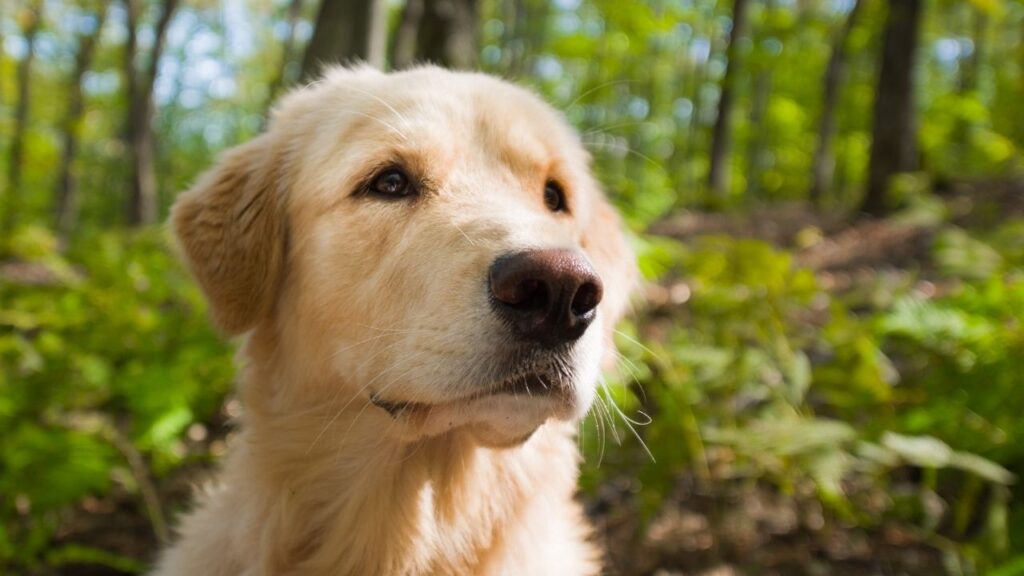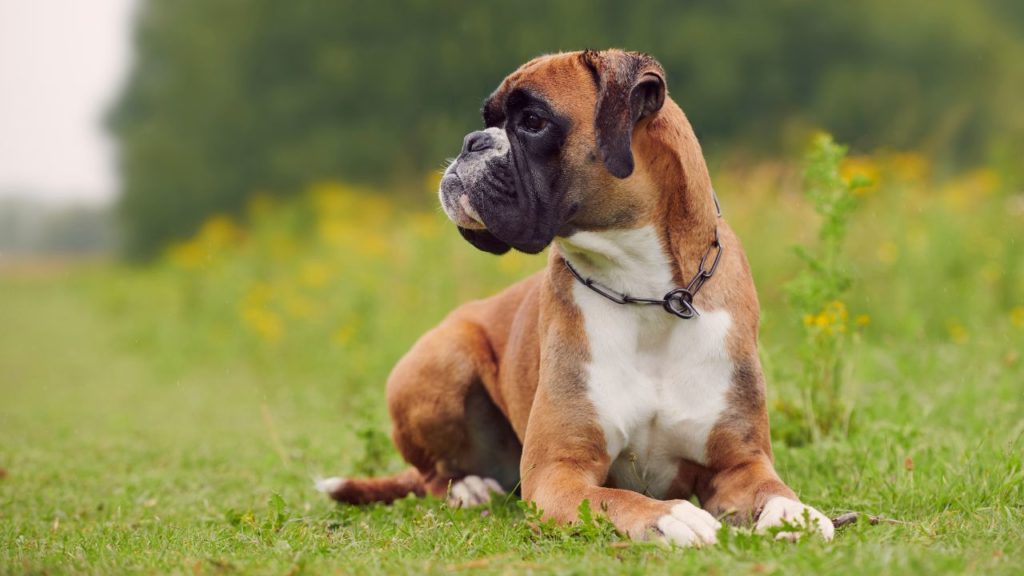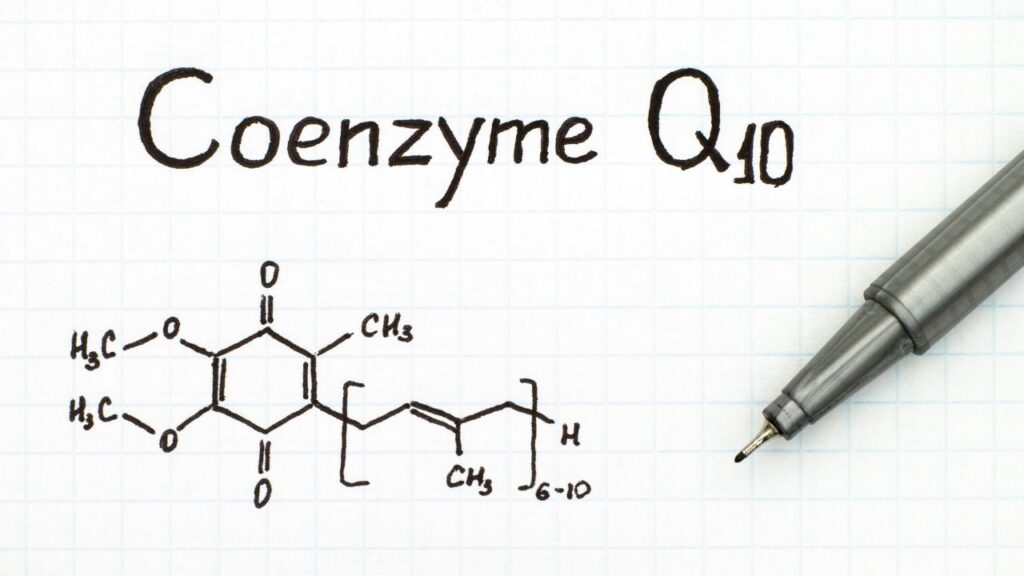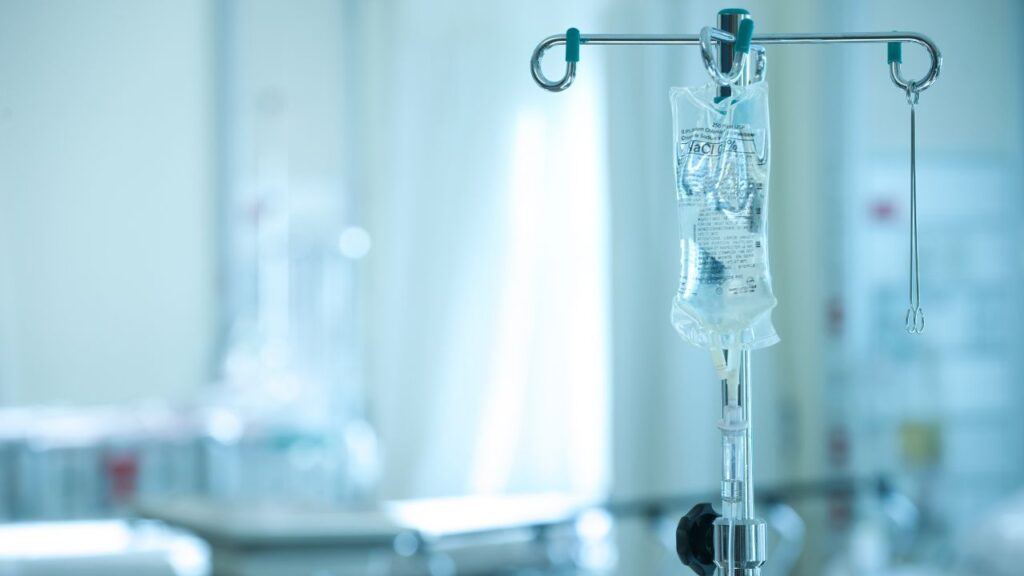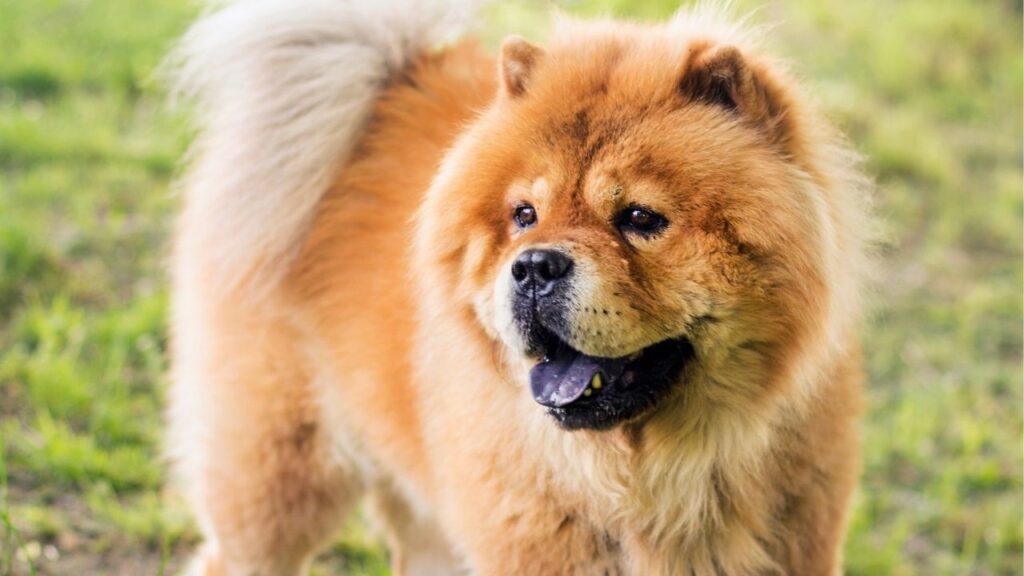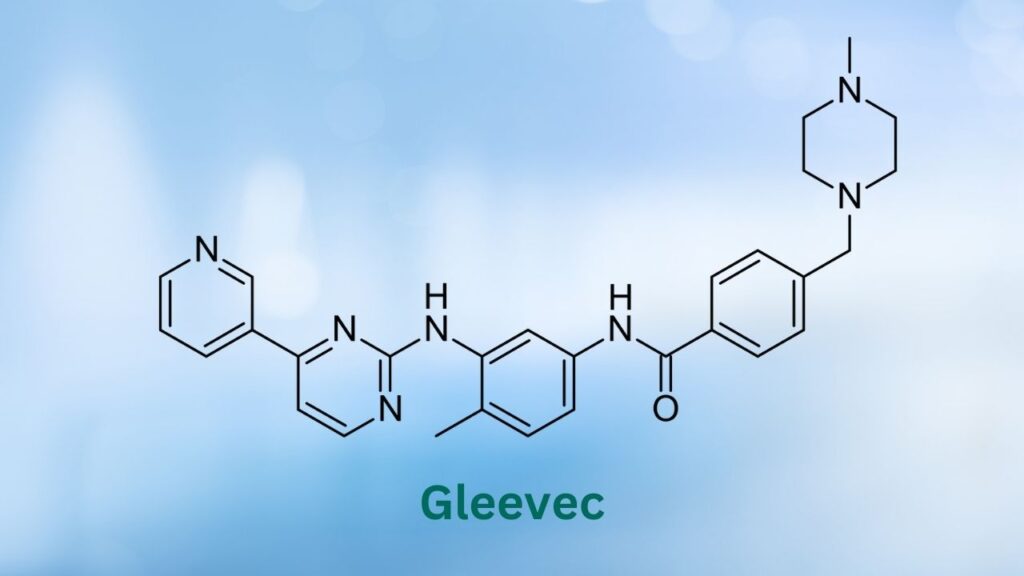Doxorubicin is a potent anti-cancer drug used to treat many types of cancer. It is strong and effective but must be treated with respect. Most dogs tolerate this chemotherapy well, but there are side effects to be aware of.
Key Takeaways
- Doxorubicin works by interrupting the cell division process in any rapidly dividing cell, including cancer cells. This makes it very effective, but also more likely to cause side effects.
- There are many different schedules for giving doxorubicin, but it is usually given every two to three weeks with a maximum of six doses.
- Doxorubicin is usually given by intravenous catheter (IV) diffusion over 15 to 20 minutes or longer.
- The most common side effects of doxorubicin are nausea, vomiting, loss of appetite, sores in the mouth, lethargy, hair loss, and signs of allergic reaction.
- Doxorubicin is a relatively strong and effective chemotherapy and is used to treat a lot of cancers in dogs.
- Doxorubicin is used to treat a wide variety of cancers in dogs, so individual responses vary. In general, doxorubicin is a successful chemotherapy drug.
The “Red Devil”
Doxorubicin belongs to a class of chemotherapy medications called anthracyclines, which are extracted from the Streptomyces species of fungus.7 They work by slowing or stopping the growth of cancer.1 Veterinarians use doxorubicin for dogs with many forms of cancer.
Often called the “red devil” due to its natural red color,6 doxorubicin comes in liquid form. It must be carefully diluted and then given slowly directly into the vein. A qualified veterinary doctor or technician must do this in a medical facility, usually every 14 to 21 days.7
Brand Names
The most common brand names of doxorubicin are Adriamycin® and Rubex®, but there are many other brand names on the market.1
How Doxorubicin Works
Chemotherapy in general works by targeting cancer cells while attempting to spare normal, healthy cells.
- Doxorubicin is an anthracycline glycoside made from fungus and naturally red in color. It was originally used as an antibiotic, though it quickly proved too dangerous for that purpose.7
- It works by interrupting cell division, which happens frequently in cancer cells.
- Doxorubicin binds to the DNA double-helix and interrupts the enzymes required for DNA synthesis, which is critical for cell division.2
- This process is not selective, not targeting only cancer cells. It can potentially damage healthy cells, especially those that tend to divide more often, such as gastrointestinal cells.
- Doxorubicin also produces free radicals, which can damage some healthy DNA, cellular membranes, and proteins.5,9
For these reasons, doxorubicin is a very effective chemotherapeutic agent that must be handled extremely carefully and only administered under safety protocols at the hospital.
Common Uses for Doxorubicin
Doxorubicin is no longer used to treat diseases other than cancer.6 It is a broad-spectrum chemotherapy drug and can be used to treat a wide variety of cancers. In dogs, the most common types of cancer treated with doxorubicin are:7,12
Other types of cancers that doxorubicin may be used to treat include:1
- Urinary bladder cancer
- Lung cancer
- Stomach cancer
- Ovarian cancer
- Acute lymphoblastic and acute myeloid leukemia
- Thyroid cancer
- Brain cancer
- Kidney cancer
Doxorubicin can be used alone or with other medications.1
- Doxorubicin is sometimes used with cyclophosphamide, another kind of chemotherapy drug. Together, they make a potent combination.10
- Doxorubicin and cyclophosphamide are also part of a multi-drug protocol called CHOP, most commonly used to treat lymphoma in dogs. The drugs included in CHOP are cyclophosphamide, vincristine, doxorubicin, and prednisone.11
If your veterinarian recommends doxorubicin, this powerful drug is likely to help your dog. Doxorubicin can be used alone or in conjunction with other medications, chemotherapy drugs, surgery, and radiation. Using multiple different treatments at once can greatly increase survival times in many cases.
When to Not Use Doxorubicin
Doxorubicin is one of the most powerful and widely used chemotherapy drugs for cats and dogs with cancer.7 Your oncologist will have lots of information about why and why not to use it in your dog’s case.
Some medications that can interact with doxorubicin include:8
- Spinosad (an anti-parasitic)
- Ketoconazole (an antifungal)
- Cyclosporine (an immunosuppressive)
- Calcium channel blockers (used to lower blood pressure)
- Glucosamine (a joint supplement)
- Phenobarbital (an anti-seizure medication)
Although not commonly given to dogs, products with St. John’s Wort or grapefruit should also be avoided.2
Be sure to let your veterinarian and veterinary oncologist know what medications and supplements your dog is already on.1
Your dog’s oncologist is trained to know when giving the highly effective doxorubicin is worth the risk of toxicity, so defer to his or her advice. However, there are some instances in which it may be a bit too risky. Be sure to discuss with your veterinarian oncologist if any of the following apply:12
- Your dog is on any of the above medications
- Your dog is possibly pregnant, or you’d like to breed her someday
- Your dog has liver problems or a history of elevated liver enzymes
- Your dog has a history of bone marrow, heart, or gastrointestinal disease
In many of these cases, there are certain medications or other ways to lessen the danger of doxorubicin so your dog can still have the benefits of its strength.12
How They Give Your Dog Doxorubicin
Doxorubicin is handled very carefully and has a lot of safety protocols associated with it, both to protect your dog and the staff at the hospital. You will not be present while your dog gets chemotherapy, so we’ll review what happens “behind the door” at the vet clinic to reassure you that the staff takes the utmost care with this drug.
They Use a Secure Vein
Doxorubicin comes in liquid form. It must be diluted before IV administration. The IV must be given straight into the vein through a secure catheter that was placed on the first attempt.7
The vein must be intact and should not have been injected with anything within 24 to 48 hours before doxorubicin administration.7
This is because doxorubicin is very irritating, and if it leaks from microscopic holes in the vein, it can cause severe irritation, tissue necrosis (death of healthy tissue) and potentially create wounds that cannot heal and require amputation.7
For this reason, doxorubicin is only given in a veterinary clinic by a qualified veterinary technician or veterinarian.1
Your Dog May Require Sedation
If your dog is too wiggly or nervous to hold still for 15-20 minutes while the doxorubicin is infused, your vet may recommend sedation to minimize the risk of the drug leaking out of the catheter.
They Watch for Reactions During Infusion
Sometimes dogs have an allergic reaction to doxorubicin while it’s given, which is why it must be diluted with saline or a dextrose solution and then given very slowly over 15 to 20 minutes to reduce the chance of that happening.
A qualified veterinary technician should be present to monitor vital signs and watch for signs of reaction to the drug.7
Reactions during infusion are usually related to histamine release related to anaphylaxis (a bad allergic reaction). Signs of this include:7,12
- Hypersalivation
- Changes in behavior, usually either more lethargic or more restless
- Pale or brighter mucus membranes
- Changes in heart rate or blood pressure
- Hives, weals, or facial swelling
- Vomiting
If any of these are seen by the technician monitoring your dog, they will immediately stop the infusion, give an antihistamine and corticosteroid, and wait for these signs to disappear.
Often, if they feel it’s safe, they will resume the infusion, but at a much slower rate.12
Many animals are given diphenhydramine – an antihistamine – before doxorubicin to help decrease the chance of a reaction, especially if they had one previously.12 You can ask your oncologist about its use with your dog.
They Make Sure All Is Well on Labs
Although protocols vary, doxorubicin is typically given every 2 to 3 weeks, for 3 to 6 treatments.6,7
Baseline lab tests – usually CBC, blood chemistry, and urinalysis – will be done before every round is given.7
Doxorubicin should be given on a fixed schedule, so be sure to let your doctor know if your dog is going to miss a dose.4
What If I Miss a Dose of Doxorubicin?
Doxorubicin should be given on a fixed schedule. Your veterinarian will set a schedule up ahead of time, so be sure to make all your appointments and get the recommended lab tests.
Please notify the veterinarian as soon as possible if your dog needs to miss a dose or if you see any negative side effects at home.4
Storage and Handling
Doxorubicin is a chemotherapeutic agent that is not given at home. It can only be given by qualified veterinary technicians or veterinarians in a medical clinic. It is only given intravenously14 and is irritating to the skin. Everyone handling it must wear gloves, a face shield, a mask, chemo gown, and take other safety measures.12
Safe Handling of Your Dog at Home
Your dog’s body will process the doxorubicin and then eliminate it, potentially exposing other animals and humans to this chemotherapy drug.
- 40% of the doxorubicin will be eliminated in bile (which is eliminated in your dog’s feces) in about 5 days.2
- 5-12% of the doxorubicin will be eliminated in your dog’s urine in about 5 days.2
To be extra safe, you should take precautions at home for at least 21 days after your dog gets doxorubicin:12
- Wear disposable gloves when cleaning up dog waste, and double-layer the plastic bag before throwing it away.
- Pregnant women should not handle any waste at all if their dog is taking doxorubicin.9
Many dog lovers worry about their dogs licking their skin during this time. Most oncologists are not too concerned about saliva transmitting metabolized doxorubicin to humans but say licking should be generally discouraged.12 Once in a while might be fine, but if you have a dog who loves to lick you, wash your skin with soap and water if you are concerned.
Safety and Side Effects of Doxorubicin in Dogs
Doxorubicin is a strong yet non-selective chemotherapeutic drug, so it tends to have big effects on the target cancer cells as well as some non-cancerous cells that get caught in the crossfire.
Sudden onset effects during the actual infusion are treated like the anaphylactic reaction described above and often resolve quickly.7
Potential Side Effects
Here is a list of problems to look for once your dog leaves the hospital. Most resolve quickly or within a day or two. Tell your dog’s oncologist if you see:1
- Nausea or vomiting
- Sores in mouth or throat
- Loss of appetite
- Lethargy or dizziness
- Itchy red eyes
- Signs of anaphylaxis: hives, skin rash, difficulty breathing
- Patches of hair loss (especially in dogs with continuous hair growth such as poodles)7
- Doxorubicin can turn the urine an orange or reddish color for a couple of days, which is normal.12
Many of these symptoms can be treated or prevented with anti-nausea medications, pain medications, or antibiotics, so your dog doesn’t necessarily need to stop the doxorubicin.7
Hair loss, if it occurs, is generally not painful, but routine grooming will help keep the hair, skin, and nails healthy.7
The bone marrow may be compromised, which is why your oncologist will monitor white blood cells between infusions and adjust doses or switch agents if necessary.
Heart Damage Due to Doxorubicin Use
Cardiotoxicity – or damage to the heart muscle — is a major known effect of doxorubicin. The current theory is that doxorubicin causes the release of iron from storage proteins, creating oxidative free radicals, which in turn cause irreversible damage to some heart muscle cells.7
This side effect typically occurs when doses reach the higher end of the lifetime margin of safety.
A cardiologist may be necessary to monitor and treat dogs with cardiac disease signs while on doxorubicin. Special care is needed for dog breeds more susceptible to dilated cardiomyopathy, including:7
- Boxer
- Afghan hound
- Saint Bernard
- Newfoundland
- Dalmation
- Cocker spaniel
- Doberman pinscher
- Great Dane
A drug called dexrazoxane can potentially decrease the number of free radicals released by doxorubicin — and has been used to prevent cardiotoxicity in some cases. It must be given intravenously, in very large amounts, and is quite expensive, which may limit its use.7
Some oncologists also recommend using coenzyme Q10 while on doxorubicin to help protect the heart from damage.
- Doxorubicin: Medlineplus drug information (no date) MedlinePlus. U.S. National Library of Medicine. Available at: https://medlineplus.gov/druginfo/meds/a682221.html (Accessed: January 30, 2023).
- Doxorubicin (no date) Uses, Interactions, Mechanism of Action | DrugBank Online. Available at: https://go.drugbank.com/drugs/DB00997 (Accessed: January 30, 2023).
- Doxorubicin (2020) Doxorubicin (Adriamycin) | Cancer drugs | Cancer Research UK. Cancer Research UK. Available at: https://www.cancerresearchuk.org/about-cancer/treatment/drugs/doxorubicin (Accessed: January 30, 2023).
- Doxorubicin (intravenous route) proper use (2022) Mayo Clinic. Mayo Foundation for Medical Education and Research. Available at: https://www.mayoclinic.org/drugs-supplements/doxorubicin-intravenous-route/proper-use/drg-20063553 (Accessed: January 30, 2023).
- Home – PMC – NCBI (no date) National Center for Biotechnology Information. U.S. National Library of Medicine. Available at: https://www.ncbi.nlm.nih.gov/pmc/ (Accessed: January 30, 2023).
- Weberding , J. (2023) Outpatient oncology drug series: Doxorubicin is the infamous red devil, ONS Voice. Oncology Nursing Society. Available at: https://voice.ons.org/news-and-views/outpatient-oncology-drug-series-doxorubicin-is-the-infamous-red-devil (Accessed: January 30, 2023).
- Fullerton, E. (2022) Doxorubicin: An overview, Today’s Veterinary Nurse. Available at: https://todaysveterinarynurse.com/oncology/veterinary-doxorubicin/ (Accessed: January 30, 2023).
- Doxorubicin (2019) Doxorubicin – Mar Vista Animal Medical Center. Available at: https://www.marvistavet.com/doxorubicin.pml (Accessed: January 30, 2023).
- PharmaVet, Inc. (2019) Prescription label – cdn.brief.vet, Doxorubicin. Plumb’s Veterinary Medication Guides. Available at: https://cdn.brief.vet/web-files/PVD/drupal-uploads/files/VMG-Doxorubicin-2019-01-26-1050.pdf (Accessed: January 31, 2023).
- Lori, J.C., Stein, T.J. and Thamm, D.H. (2010) “Doxorubicin and cyclophosphamide for the treatment of canine lymphoma: A randomized, placebo-controlled study*,” Veterinary and Comparative Oncology [Preprint]. Available at: https://doi.org/10.1111/j.1476-5829.2010.00215.x.
- Barber, L.G. and Burgess, K.E. (2023) Treatment of canine lymphoma – pharmacology, Merck Veterinary Manual. Merck Veterinary Manual. Available at: https://www.merckvetmanual.com/pharmacology/antineoplastic-agents/treatment-of-canine-lymphoma (Accessed: January 31, 2023).
- Brooks, W. (2004) Doxorubicin (adriamycin, Rubex), Veterinary Partners. Veterinary Information Network. Available at: https://veterinarypartner.vin.com/default.aspx?pid=19239&id=4952063 (Accessed: January 31, 2023).
Adriamycin® is a registered trademark of Pharmacia Company
Rubex® is a registered trademark of Bristol-Myers Squibb
Topics
Did You Find This Helpful? Share It with Your Pack!
Use the buttons to share what you learned on social media, download a PDF, print this out, or email it to your veterinarian.
